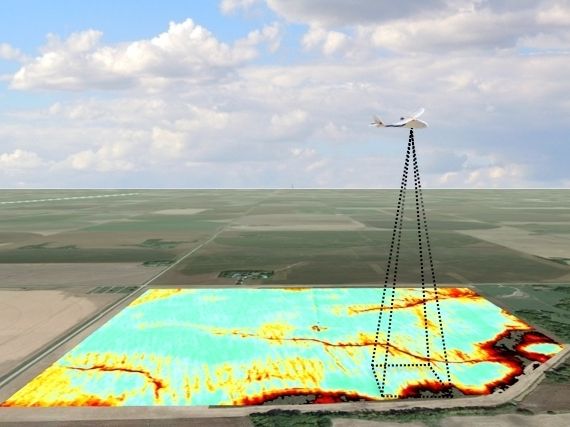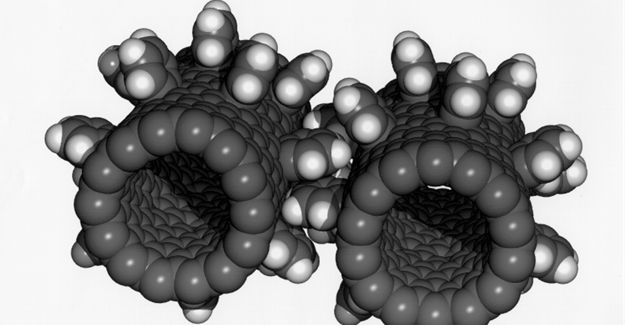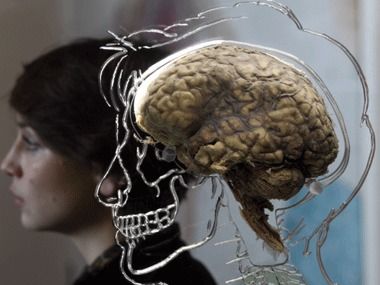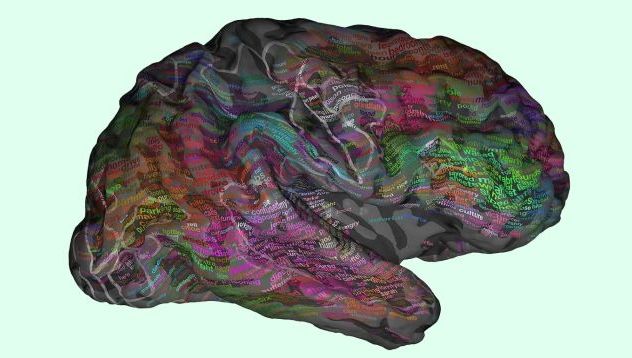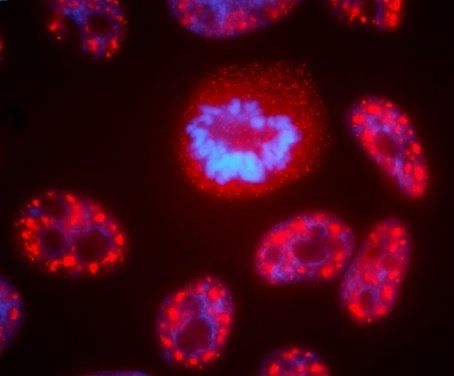Apr 28, 2016
SLANTRANGE Secures $5M to Scale Sensor and Analytics Technology for Agricultural Drones
Posted by Karen Hurst in categories: business, drones, electronics, food
Nice
SAN DIEGO, Calif.—(BUSINESS WIRE)— SLANTRANGE, pioneers of a smarter approach to aerial remote sensing and analytics for agriculture, today announced its $5 million Series A equity financing from a consortium of investors led by The Investor Group, a leading San Diego based investment firm. The funding will accelerate the development and scaling of SLANTRANGE’s proprietary drone sensor and analytics technology to help farmers improve operations amid a rapidly transforming business landscape.
“Farmers are continually seeking ways to improve crop yields with minimal risk. Drones offer an exciting solution, but historically haven’t been built for the precise needs of the agriculture industry,” said Mike Ritter, CEO of SLANTRANGE. “SLANTRANGE delivers on the promise of drones with an intelligence system that combines hardware and software to bring farmers crop information they need to make better operational decisions. This investment enables us to scale our technology and team to meet the soaring demand we’re seeing from the agricultural community in the United States and beyond.”
